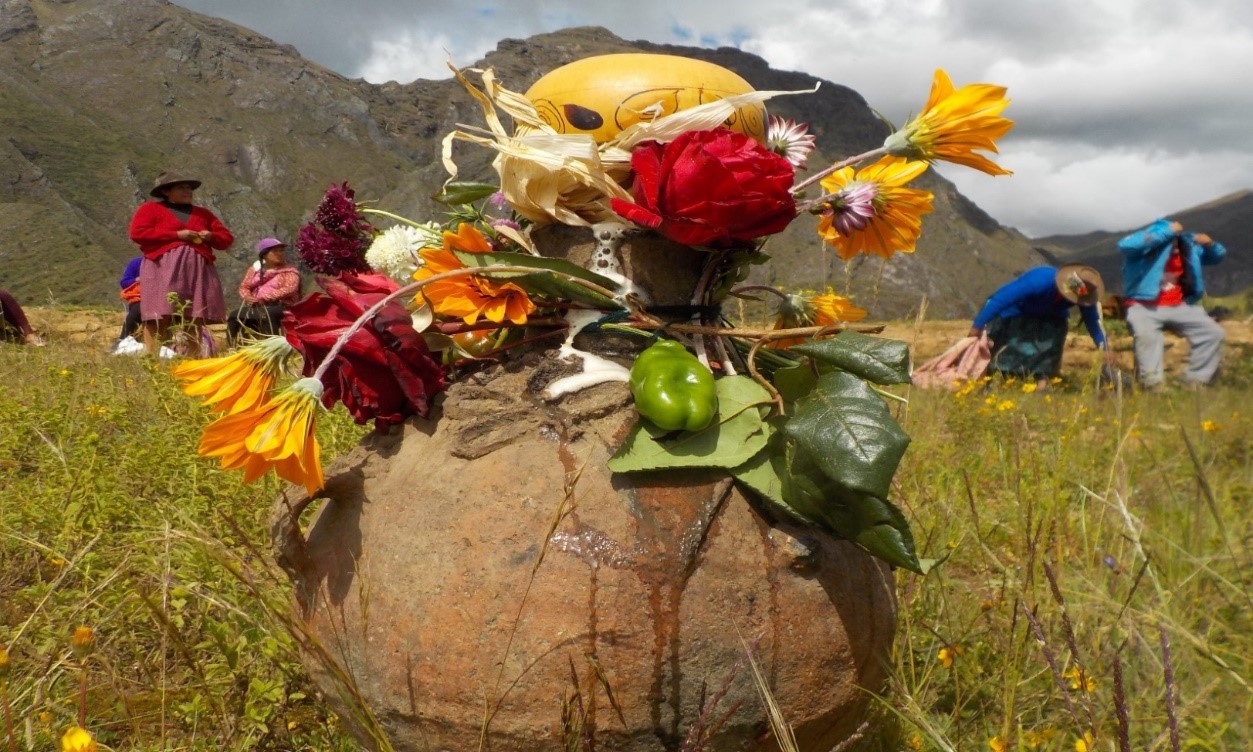4. Predictive Scenarios
Kassandra is a predictive system, and it does so by creating ‘scenarios’ in which key parameters are altered individually or collectively and the variation of the Resilience Index is calculated. This is done iteratively until an optimum level is reached.
In addition, the scenarios can be of two types, passive and active. Passive scenarios are those where parameters external to the system are altered, for instance climatic data, whilst active scenarios simulate actual adaptations or management strategies, such as extensive tree planting.
The scenarios are not a forecast but plausible alternative images of how the future can unfold, or, as defined by the IPCC - Intergovernmental Panel on Climate Change.
